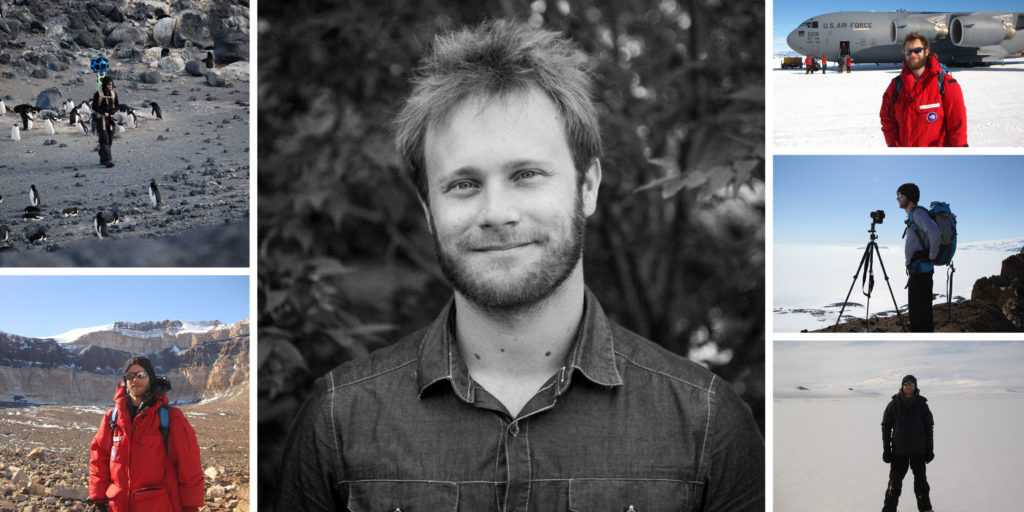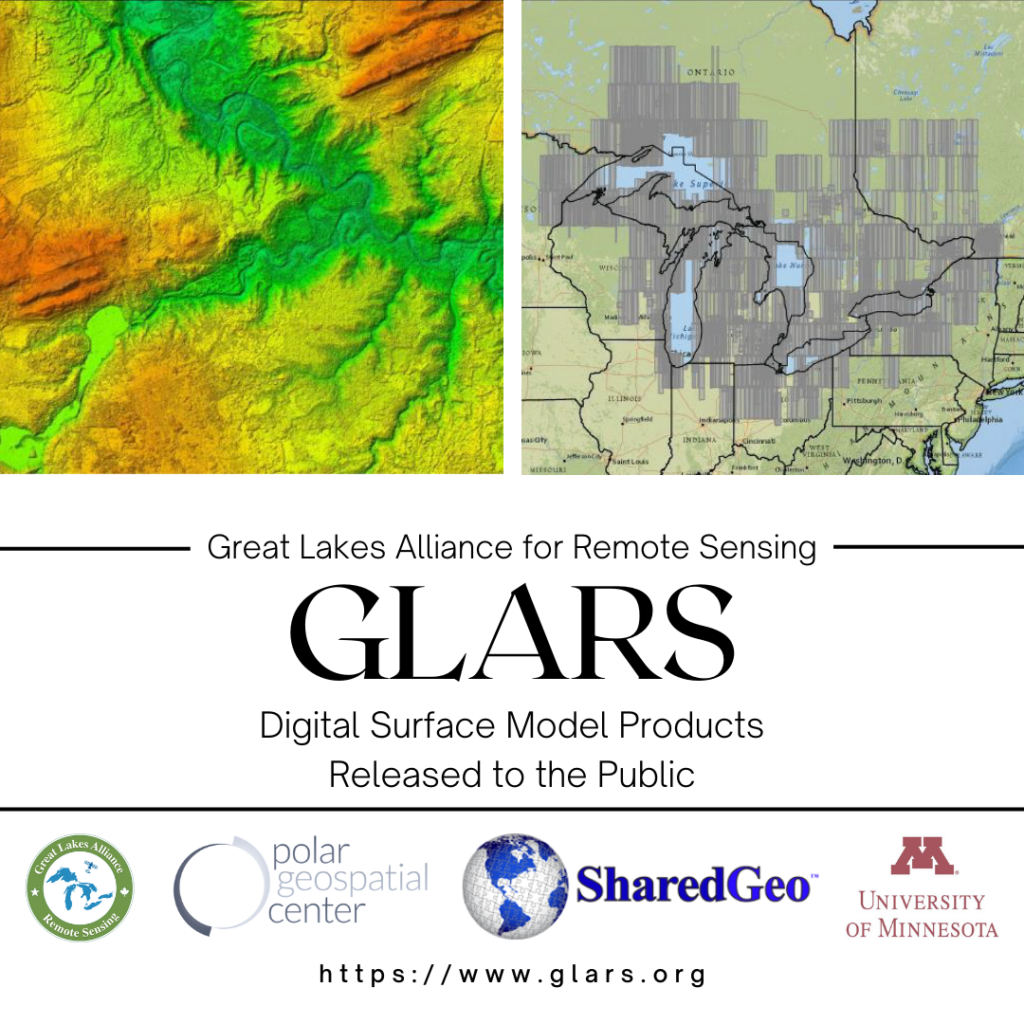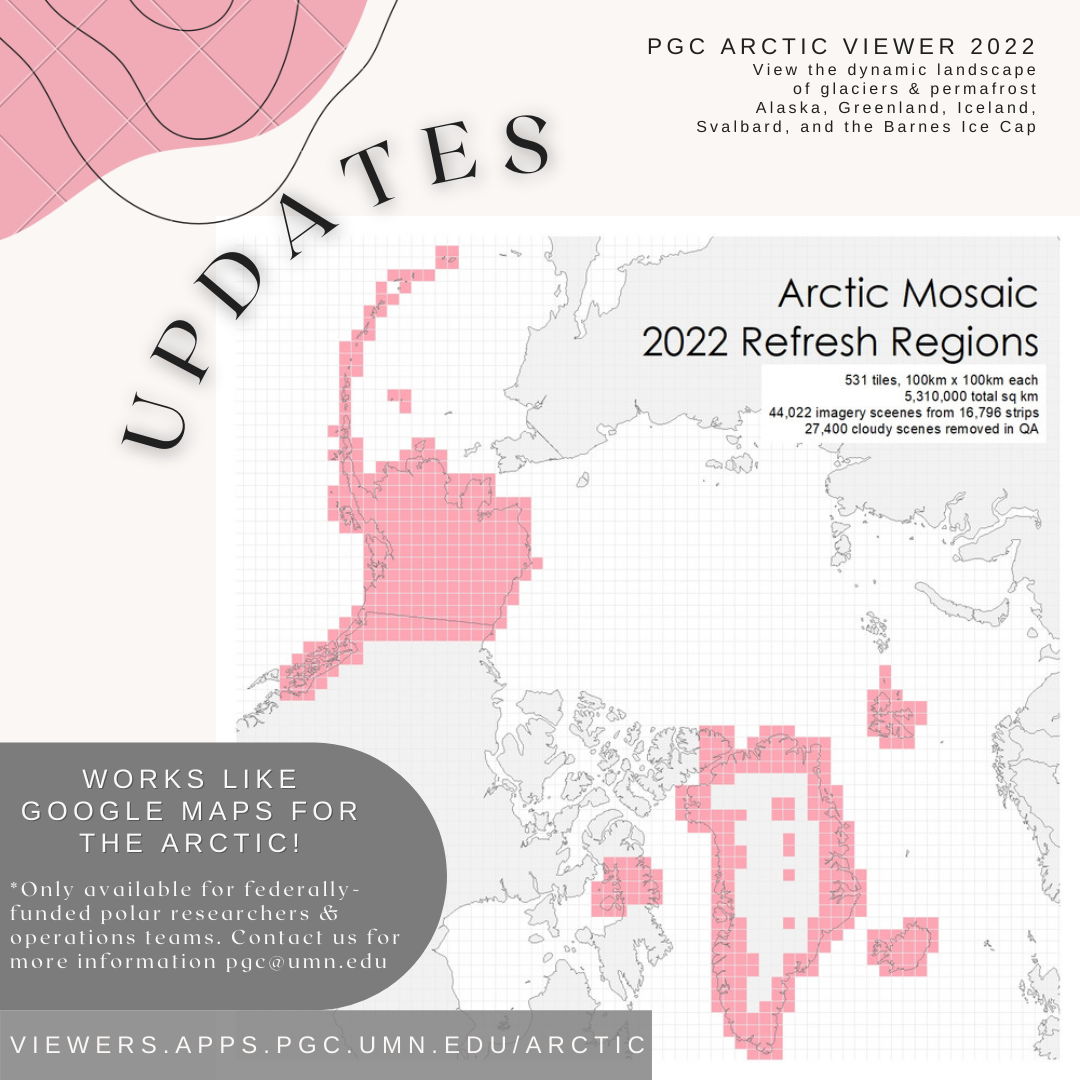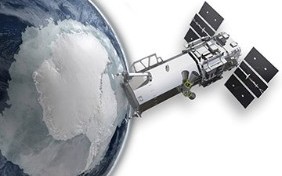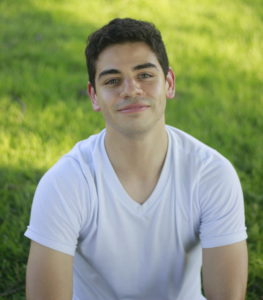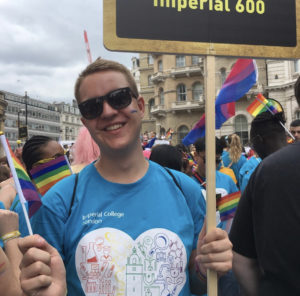
Missed out on the newsletter via email? Sign up here!
PGC’s Cole Kelleher Appointed as U.S. Representative to SCAGI
The Polar Geospatial Center (PGC) is very excited to share honorable news that Cole Kelleher is the newly designated U.S. representative to the international SCAR Standing Committee on Antarctic Geographic Information (SCAGI). This position was previously held by former PGC director, Paul Morin, who has stepped down. Kelleher’s designation maintains PGC’s prestige as a leader in Antarctic geospatial information, science, and support.
Kelleher first joined the PGC team in 2011 as a graduate student and has since evolved into the Center’s Satellite Tasking Coordinator. His role is critical for enabling remote sensing science and monitoring in areas of interest as well as advancing PGC’s efforts in creating high resolution digital elevation models from satellite stereoscopic imagery (ie. ArcticDEM, REMA, and EarthDEM).
Kelleher’s passion is evident by his many accomplishments and contributions to Antarctic science support in addition to his 8 deployments to the Antarctic for the United States Antarctic Program (USAP). Other contributions include capturing imagery of the McMurdo Dry Valleys for Google Street View, producing the SCAGI Air Operations map series, and leading improvement efforts of Antarctic placename locations. Kelleher has been a member of SCAGI since 2018 and looks forward to continuing his commitment to accurate, accessible, and collaborative Antarctic data and research.
Great Lakes Digital Surface Models Publicly Available
Last month, PGC shared alongside our partners from the Great Lake Alliance for Remote Sensing (GLARS) and SharedGeo, the exciting news regarding the public release of high-resolution digital surface models (DSMs) across the Great Lakes Basin. Now available for use by researchers, conservationists, natural resource managers and the public for free. The elevation dataset includes timestamped strips and seamless mosaics covering 85% of the basin at a 2-meter resolution, derived from Maxar stereo imagery.
It is the first public domain release of non-polar DSM products covering an expansive area and demonstrates potential for other units of government to use DSMs for modeling, monitoring, and managing environments without the high cost of LiDAR products.
HELPFUL LINKS:
Arctic Mosaic Update
In case you missed it, our Arctic Imagery Mosaic was updated in April. Our team of staff and students have spent hours of manual quality assessment and processing to provide newer 50 cm imagery mosaics across high priority areas.
Update efforts cover 531 tiles (100 x 100km each) totalling 5,310,000 sqkm assembled from 44,022 imagery scenes, which 27,400 cloudy scenes removed during QA! New coverage has 81% of scenes collected between 2019-2021. Updated tiles were selected based on PGC User priority areas and satellite tasking requests, designed to refresh areas of highest interest from the community. Coverage in the update includes the Barnes Ice Cap in Canada, the full coast of Greenland, the islands of Iceland and Svalbard, and all of Alaska.
Due to licensing restrictions, the imagery mosaics are only available to federally-funded polar researchers, operations subcontractors, and federal employees with a PGC verified account required (detailed links below).
PGC users can access the data layers in desktop GIS (see guide below) or in our browser-based web-mapping application, the Arctic Viewer at https://viewers.apps.pgc.umn.edu/arctic.
HELPFUL LINKS:
Using PGC Web Mapping Services in GIS Desktop Guide
PGC Viewers Terms & Conditions
Antarctic Tasking Requests Due July 8, 2022PGC is working with the National Geospatial-Intelligence Agency (NGA) to coordinate collections of high-resolution commercial satellite imagery from Maxar’s DigitalGlobe for the upcoming 2022-23 Antarctic field season. Please get in touch with your PGC Point of Contact if you have federal funding and are conducting Antarctic research or providing Antarctic logistics support and would like to submit tasking requests for your area(s) of interest. The deadline for requests for the upcoming Antarctic field season is July 8th, 2022. If you submitted a request for a previous year and would like to have imagery collected for a future season contact your POC for resubmission.
PGC Student VignettePGC holds an important focus in fostering support and growth for GIS and computer science students. We consistently hit the jackpot with our student recruitment, and this summer has been no exception. Here is a highlight of our newest graduate research assistants, Diego and Chris, who are both international fulbright scholars and passionate about the environment and their position at PGC:
In Other NewsLogan Earth app: Logan Rudkevitch, the creator of Logan Earth (loganearth.com), of Métis and Wiikwemkoong ancestry born and raised in Yellowknife, recognized communities in the north are poorly served by the southern focus of Google Earth and used the high resolution ArcticDEM mosaic tiles to enable a 3d view of the NWT. Learn more here. CIRES PSECCO launch: The Cooperative Institute for Research in Environmental Sciences at the University of Colorado, Boulder (CIRES) has launched a Polar Science Early Career Community Office (PSECCO) to support community building and organization. Learn more here. US-SCAR Scientists Directory: The U.S. Scientific Committee on Antarctic Research (SCAR) is building a comprehensive database of scientists involved in the U.S. Antarctic Program (USAP) and serve as a resource for new proposers, networking, and for general public understanding. Add your name to the directory here. Check out the original PGC Newsletter post here. |
||||
Check out the original PGC Newsletter post here.

